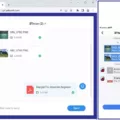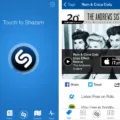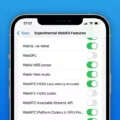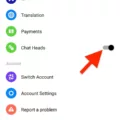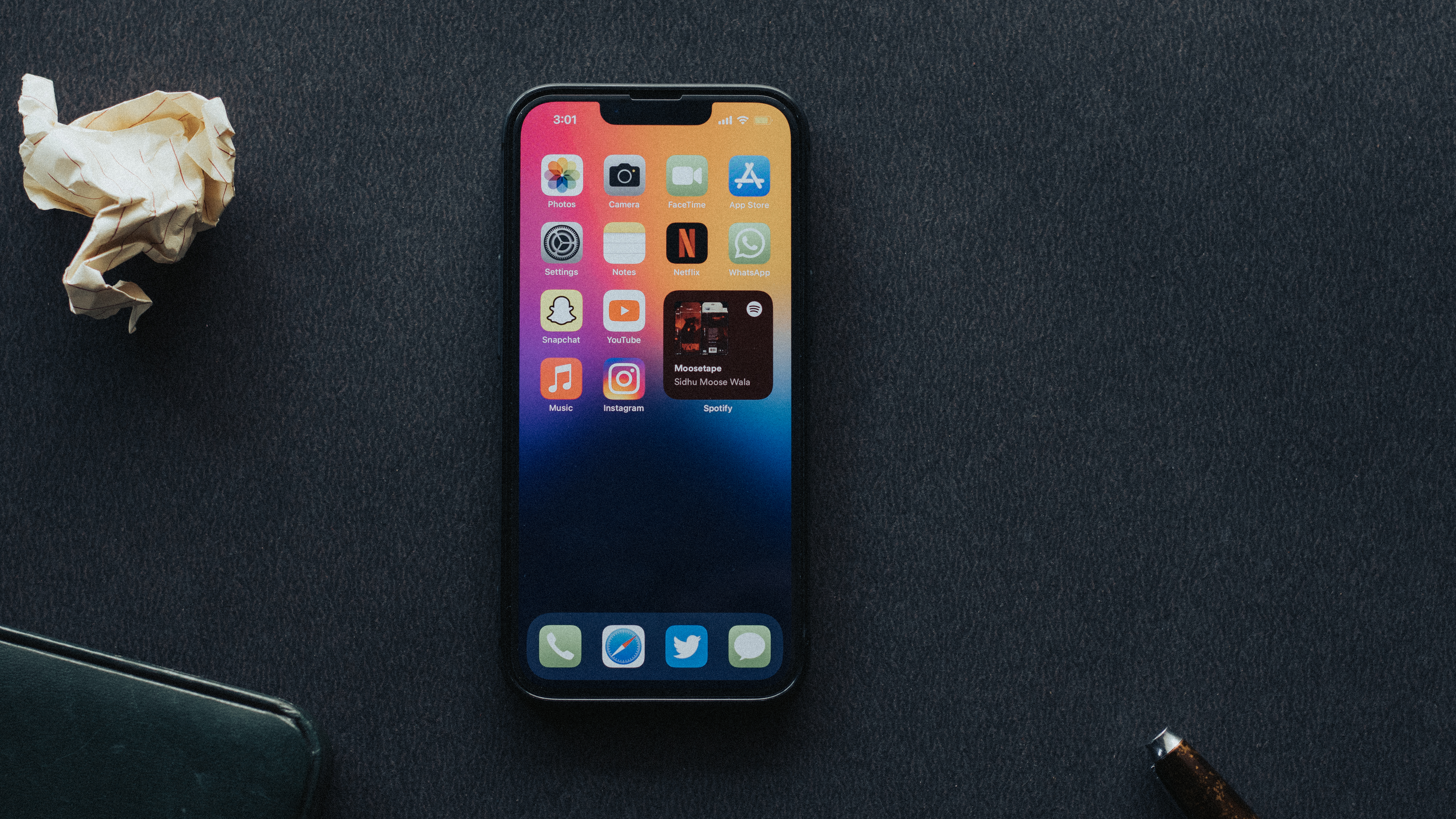Shazam is a popular music recognition app that allows users to identify songs simply by listening to a snippet of the track. It has become a go-to tool for music lovers who want to discover new songs or find out the name and artist of a tune they hear playing. However, like any app, Shazam is not immune to technical issues, and one common problem users encounter is the app’s music recognition feature not working.
If you find yourself in a situation where Shazam fails to recognize a song or is unable to connect to the internet for identification, there are a few troubleshooting steps you can take to try and resolve the issue.
First and foremost, ensure that your device is connected to the internet. Shazam heavily relies on an internet connection to analyze and identify songs. If you have limited WiFi or data signal, Shazam might struggle to connect, leading to recognition failures. To resolve this, check your WiFi or data settings and make sure you have a stable and reliable connection.
If you’ve confirmed that your internet connection is not the problem, try restarting your device. Sometimes, a simple restart can fix minor software glitches that may be affecting Shazam’s functionality. After restarting, open the Shazam app and attempt to identify a song again.
Another step you can take is to update your device’s operating system and the Shazam app itself. It’s possible that an outdated software version could be causing compatibility issues, resulting in music recognition failures. By keeping both your device and the Shazam app up to date, you ensure that you have the latest bug fixes and improvements.
Additionally, check your device’s settings to ensure that Shazam has the necessary permissions. Go to your device’s settings, find the Shazam app, and make sure that it has access to your microphone and any other relevant permissions required for accurate song recognition.
In some cases, the problem may not lie with your device or the app, but rather with the audio quality of the song you’re trying to identify. If the song is of low quality, has excessive background noise, or is a live recording, Shazam may struggle to recognize it. In such instances, try using Shazam with a different song or in a different environment to see if the issue persists.
If you’re experiencing difficulties with Shazam’s music recognition not working, make sure you’re connected to the internet, restart your device, update your software and the app, check permissions, and consider the audio quality of the song. By following these troubleshooting steps, you increase the chances of resolving the issue and enjoying seamless music identification with Shazam.
Why is Your Shazam Music Recognition Not Working?
There could be several reasons why your Shazam music recognition is not working. Here are some possible explanations:
1. Internet Connection: Ensure that you have a stable and reliable internet connection. Shazam requires an active internet connection to identify songs. If your connection is weak or intermittent, it may hinder Shazam’s ability to connect and recognize music.
2. App or Device Issues: Check if you have the latest version of the Shazam app installed on your device. Outdated versions may have bugs or compatibility issues that can affect its performance. Additionally, make sure that your device’s operating system is up to date, as outdated software can also cause problems.
3. Server Issues: Shazam relies on its servers to process and identify music. If their servers are experiencing high traffic or technical difficulties, it may result in slower or failed music recognition attempts. In such cases, you can try again later when the servers are less overloaded.
4. Microphone Problems: Ensure that your device’s microphone is working properly. If the microphone is faulty or not properly configured, Shazam may not be able to capture the audio accurately, leading to recognition failures. Test your microphone by using it in other apps or recording audio to see if it functions correctly.
5. Background Noise: Excessive background noise can interfere with Shazam’s ability to recognize music. Try to use Shazam in a quiet environment, away from other sounds or disturbances that might hinder the app’s audio detection capabilities.
6. Restricted Access: Some devices have privacy settings that control access to the microphone or restrict certain apps from using it. Check your device settings to ensure that Shazam has the necessary permissions to access the microphone.
If none of these suggestions resolve the issue, you can try contacting Shazam’s support team for further assistance. They may be able to provide specific troubleshooting steps or insights based on your device and app configuration.
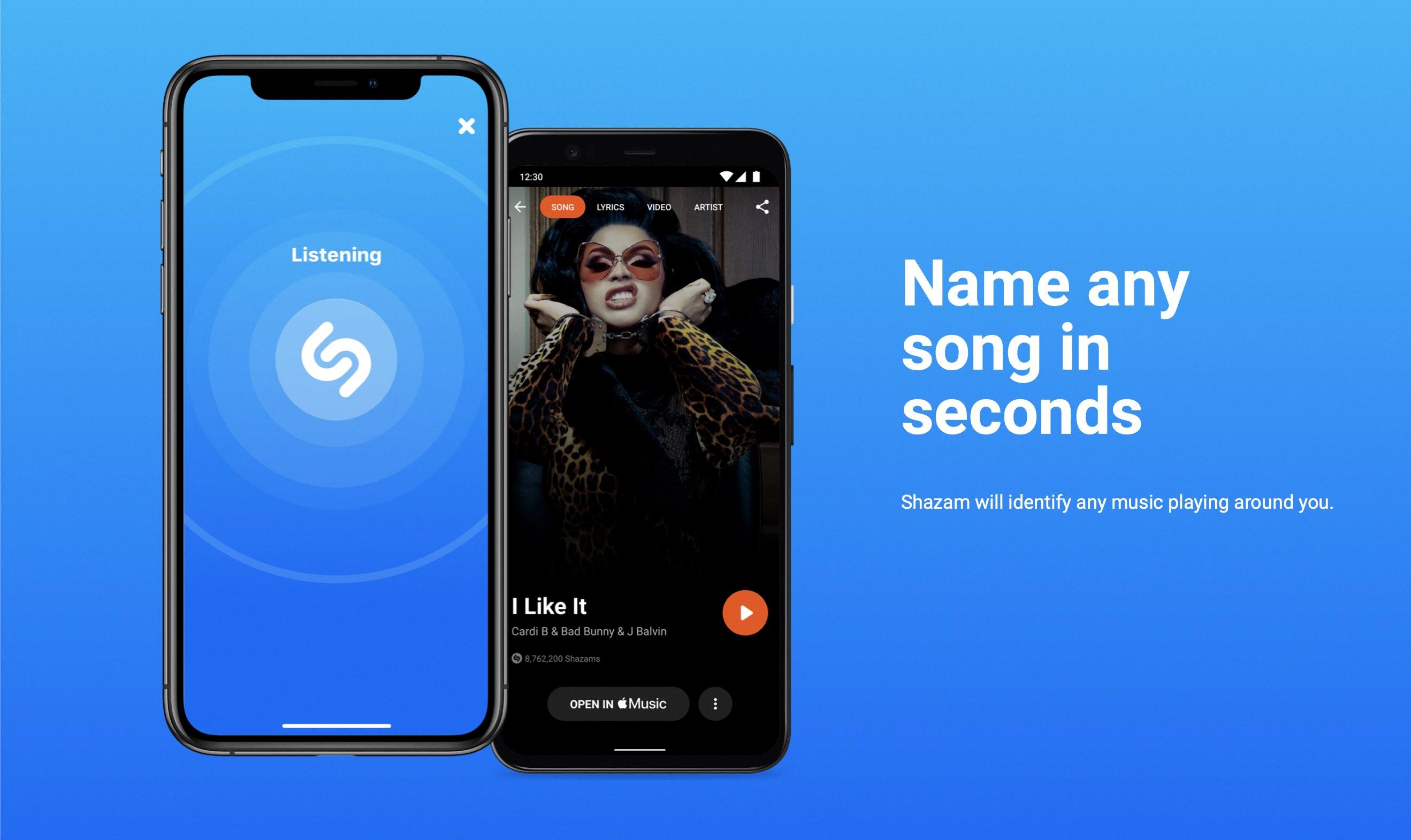
How Do You Fix Your Music Recognition On Your iPhone?
To fix music recognition on your iPhone, you can follow these steps:
1. Restart your iPhone: Start by restarting your device. This simple action can resolve many temporary glitches and refresh the system. After the restart, open Siri and try to identify a song again.
2. Check your connection: Ensure that your iPhone has a stable internet connection. Music recognition relies on an active internet connection to access the database and identify the song. If your connection is weak or unstable, try connecting to a different Wi-Fi network or switch to a cellular data network.
3. Update your device: Make sure your iPhone is running the latest version of iOS. Software updates often include bug fixes and improvements, which can enhance the performance of Siri and music recognition. To check for updates, go to Settings > General > Software Update.
4. Enable Siri and Shazam: Verify that Siri and Shazam are properly enabled on your device. To do this, go to Settings > Siri & Search, and ensure that both Siri and Shazam are toggled on. If they are already enabled, you can try toggling them off and on again to refresh the settings.
5. Allow Siri access to Shazam: In some cases, Siri might not have access to Shazam, leading to music recognition issues. To grant Siri access, go to Settings > Privacy > Microphone, and make sure the toggle for Siri is enabled.
6. Clear Siri and Shazam cache: Clearing the cache of Siri and Shazam can help resolve any temporary data or cache-related issues. Go to Settings > Siri & Search, scroll down, and tap on “Siri & Dictation History.” From there, tap on “Delete Siri & Dictation History” to clear the cache. Similarly, you can go to Settings > Shazam > Clear Shazam Cache to clear the cache for Shazam.
7. Reinstall Shazam: If the above steps don’t work, you can try reinstalling the Shazam app. Delete the Shazam app from your iPhone, go to the App Store, search for Shazam, and reinstall it. After reinstalling, try using Siri to identify a song again.
By following these steps, you should be able to fix any issues with music recognition on your iPhone and enjoy the seamless identification of songs using Siri and Shazam.
How Do You Get Shazam to Recognize a Song?
To get Shazam to recognize a song, you can follow these steps:
1. Install the Shazam app: Go to the App Store (for iPhone and iPad) or Google Play Store (for Android) and search for “Shazam.” Download and install the app on your device.
2. Open the Shazam app: Tap on the Shazam icon to open the app.
3. Grant permissions: When opening the app for the first time, you may be prompted to grant certain permissions, such as access to your microphone. Make sure to allow these permissions for the app to function correctly.
4. Tap the Shazam button: In the Shazam app, you will find a prominent Shazam button, usually displayed as a large blue icon with a white “S” on it. Tap this button to start the song recognition process.
5. Let Shazam listen: Hold your device’s microphone close to the audio source playing the song you want to identify. This can be a speaker, headphones, or even another device playing the song.
6. Wait for identification: Shazam will analyze the audio and compare it to its extensive database of recorded songs. It will then display the song title, artist, and other relevant information on the screen.
7. Explore additional features: Once the song is identified, you can access various features within the app. This includes lyrics, music videos, streaming services, and the ability to add the song to your favorite music platforms.
Remember, it’s important to ensure that there is minimal background noise or interference while using Shazam, as it may affect the app’s ability to accurately recognize the song. Additionally, make sure you have a stable internet connection for the best results.
Conclusion
Shazam is a highly popular and widely used music recognition app that allows users to identify songs playing around them. It is available on various platforms including iPhone, iPad, and Android devices. However, there are times when users may encounter issues with Shazam not working properly.
If you find that Shazam is not identifying songs, there are a few things you can try. First, ensure that you have a stable internet connection. Shazam relies on an internet connection to connect to its database and identify songs accurately. If your WiFi or data signal is limited, it may struggle to connect and function properly. In such cases, turning off mobile data, waiting a couple of minutes, and then turning it back on may help reset the connection.
It is also important to check your device and settings. Restarting your iPhone or iPad and opening Siri to identify a song again can often resolve any temporary glitches. Additionally, make sure that your device is updated with the latest software version. This ensures compatibility and can often fix any bugs that may be causing issues with Shazam.
If you are experiencing difficulties with Shazam not working, it is crucial to check your internet connection, restart your device, and update your software. By following these steps, you can increase the chances of successfully identifying songs using Shazam on your iPhone, iPad, or Android device.

